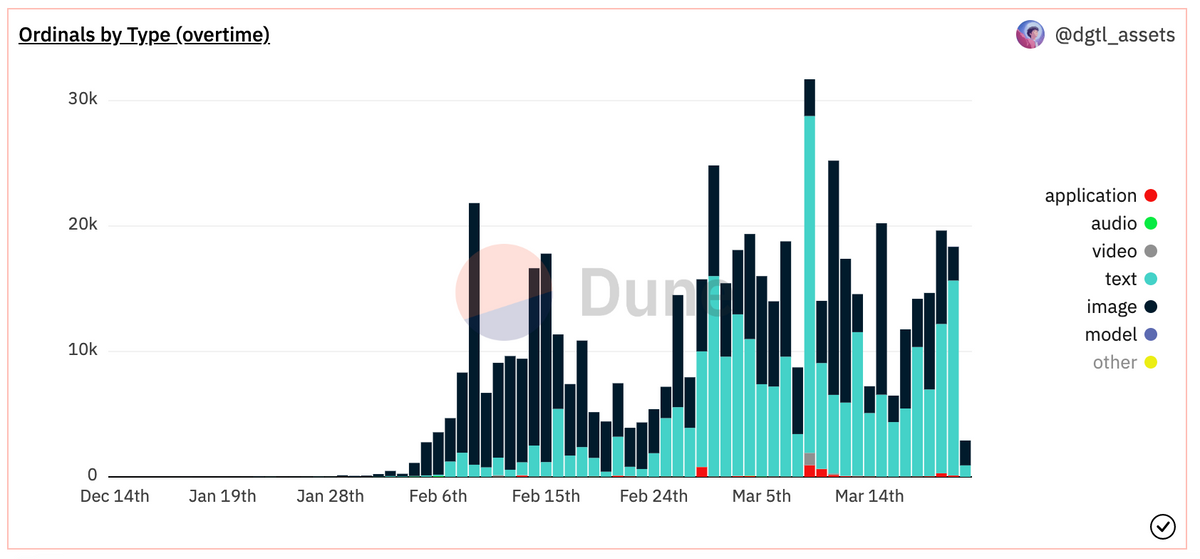Modular versus monolithic: A new era in blockchain design
This post looks at the differences between monolithic and modular blockchain design.

Not that long ago, when someone said blockchain, they meant monolithic blockchain or a foundational protocol that executed transactions and securely processed and stored data.
But the concept of blockchain is changing, and the best model or means of protocol management and operations is changing along with it.
Increasingly, blockchain tech is becoming modular, or more specialized. Blockchain is a compute layer. To make the blockchain more useful (and faster and cheaper) clients are built on top of it. These clients are designed to perform specific tasks.
Some are designed to make payments easier, for example. Others are designed to make it easier to jump between different blockchains. Still, others make it easier to write code for the underlying blockchain by making it possible to use different programming languages.
Conceptually, the idea of base protocol and the specialized client follows the architecture of the traditional internet (it’s basically how email works — you can use a different client to read email and you can send to people using other clients because email runs on an underlying protocol or standard).
In this post, we’ll unpack the basics behind monolithic versus modular. The concepts, ideas, and technologies behind modular blockchains are becoming more popular and more useful. Likely, this will all lead to another unlock in the blockchain space, enabling new kinds of products and services. But the move to modular is not without its risks — the ability to stay fully decentralized and overall security being the biggest concerns.
What is a monolithic blockchain?
A monolithic blockchain design consolidates all of the functions that define a decentralized blockchain into one level or one stack.
These core blockchain functions are the execution and settlement of transactions while maintaining data integrity and consensus (verifying data amongst a series of distributed nodes without the need for centralized authority).
In the early days, all blockchains launched following the monolithic model. Bitcoin, the first blockchain, is a perfect example. Bitcoin was designed to prioritize security and encourage decentralization so that its protocol could accomplish a very specific task — enable peer-to-peer payments over the internet without any kind of intermediary.
Bitcoin is still very much a monolithic blockchain. The Bitcoin community is resistant to changes to the underlying blockchain, expressing concerns about the security tradeoffs or network congestion, which drives up user costs and transaction times.
This hasn’t stopped developers from trying to figure out new ways to build more functionality on top of Bitcoin or add layer two functionality. Bitcoin ordinals, which just launched last year is one example.

The biggest downside for monolithic blockchains is that they become hard to scale as more and more people use the network. We’ve seen this in the past during periods of intensive market moves or higher volumes of transaction activity — the networks become congested and expensive.
Over the years, we’ve seen optimizations to blockspace, the Lightning Network on Bitcoin is a great example. However, the underlying monolithic constraints still exist. To compete with traditional payment networks or other consumer computing products and services, decentralized versions need to perform as well or better. That’s led to innovations that are now lumped together in the modular blockchain category.
What is modular blockchain?
Modular blockchains are designed to separate the core blockchain functions into different layers or levels, with the foundational blockchain ultimately responsible for recording and securing the final results.
The idea of modularity came about mainly as a means to scale blockchain functions in a way that is more cost-effective (cutting down on transaction fees) and faster in terms of transaction rate (by grouping transactions so not every transaction is necessarily recorded onchain).
Modularity has enabled other tech stacks, like layer 2 solutions to flourish while also anchoring into specific blockchain ecosystems.
Ethereum is a great example of modularity because when it first launched, Ethereum followed in the footsteps of Bitcoin and was monolithic. Over time and as a result of very specific upgrades (including the switch in consensus mechanism from proof-of-work to proof-of-stake), and changes to the way that data is managed onchain, Ethereum has become more and more accessible by technologies building modular solutions.
One great example of this is the surge in popularity and utility of rollups. Designed as scaling solutions, rollups help separate transaction execution (which can be costly in terms of time and fees) and consensus, which still require the underlying blockchain. The result is an explosion in rollup solutions that will make blockchain more accessible from a cost and resource perspective and from the overall utility decentralization can provide.
Why does any of this matter?
It feels like modular blockchain design is having a moment in the sun, and that the move to modular will likely continue as blockchain adoption becomes more widespread.
In particular, it’s starting to feel like the competition among rollups is heating up, and likely that competition will play a significant role in the next market cycle. (If I could, I would go back and update the 2024 market predictions with all of the activity happening on the rollup front).

Zooming out, it’s important to keep in mind that in addition to the four attributes of decentralized blockchain mentioned at the top, truly successful ecosystems are built on the primitives that make blockchain so interesting and game-changing to begin with — programmability and composability are the biggest.
Over time, as blockchain use and the drive toward decentralized alternatives continue, there will be other adaptations and other solutions that can be built on top of healthy and secure blockchain systems. While most of us are still getting our heads fully wrapped around how layer 2 solutions work, there is already talk of layer 3 solutions, which would add additional functionality like privacy or even more specific scaling solutions.